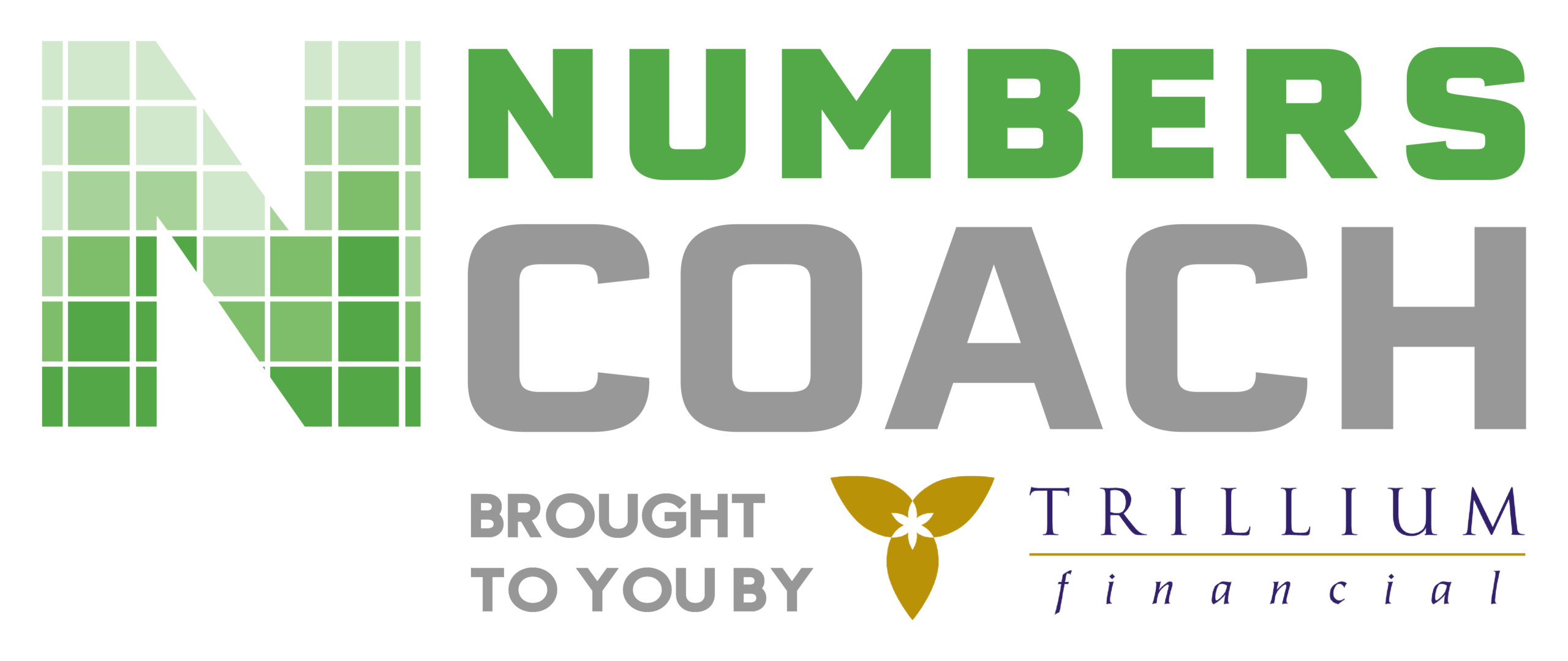During my time at college, I had a friend who was obsessed with the idea of making $1 million. How hard could it be, he wondered, to take $1 from each of 1 million people? “Look at the guy who invented the pet rock. He became a millionaire selling. . . rocks!” my friend observed.
Creating the next big fad was his plan, but he quickly found it’s not easy to duplicate the success of the pet rock. Creating a product that could command the attention of 1 million people is a challenging dream to chase.
I recalled my friend’s ambitious plan to gain 1 million customers while recently reading author Kevin Kelly’s essay entitled “1,000 True Fans.” The main point of the essay is that most of us do not need 1 million customers; 1,000 will do nicely.
Defining a “True Fan“

Kelly’s “1,000 true fans” are people who would do almost anything to help their favorite businesses prosper. He gives the examples of a singer whose devotees will drive 200 miles to hear her perform and a writer whose fans buy hardback, paperback and audio versions of his latest book.
We would all like to have diehard fans like those, but they are difficult to attract. That’s especially true if your business provides a product or service that is not unique – like state-mandated auto emissions tests, for instance. Nobody is going to travel 200 miles to get their emissions test from you, except possibly your mother.
On the other hand, I have clients like dentists and property managers who are very highly regarded as regional experts. Their top clients, or fans if you will, are loyal to the point of sending them gifts and personalized Christmas cards. I have to imagine their fans would follow them through a change of office locations or the occasional fee increase.
Why 1,000?
Two premises of Kelly’s “1,000 True Fans” are that the entrepreneur can earn, on average, $100 profit from each true fan per year and that an entrepreneur can make a living by earning, on average, $100 per year from each of 1,000 customers. That’s $100,000 per year, but the $100,000 must be free and clear of all operating costs. In other words, it is net profit.
Why is 1,000 the magic number? That is the question I asked myself while reading “1,000 True Fans.” I know dry cleaning businesses whose owners make their livings from customer bases smaller than 1,000. I can imagine Kelly’s premises being valid for a writer or a singer without a band. But for most of my clients’ businesses, some adjustments would have to be made.
As Kelly explains: “The number 1,000 is not absolute. Its significance is in its rough order of magnitude — three orders less than a million.” So, 1,000 is not posited as the be all and end all. It’s an approximation far closer to the mark than 1 million customers.
For an entrepreneurial professional with employees, the business probably needs to clear $100,000 per professional (maybe more depending on the region). And, the 1,000 customers likely needs to be expanded to accommodate a practice of several professionals.
The key point is that attaining 1,000 customers is an achievable goal. You can grow your business to that size by adding just a few accounts each week. And, if 1,000 is achievable, so is 2,000. It just takes more time. . . and an unwavering commitment to keeping customers happy.
Here’s to your 1,000!
Mike, The Numbers Coach
